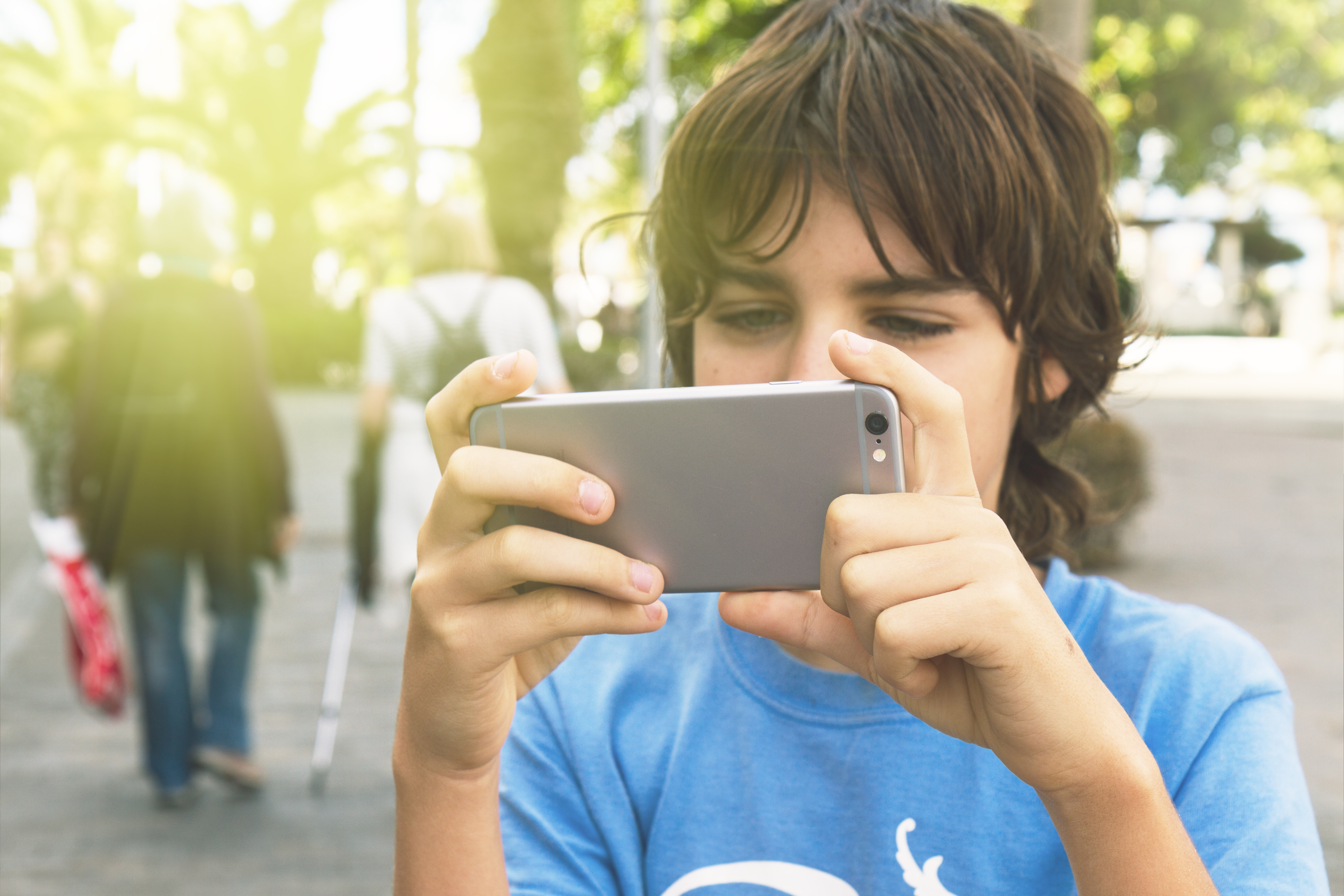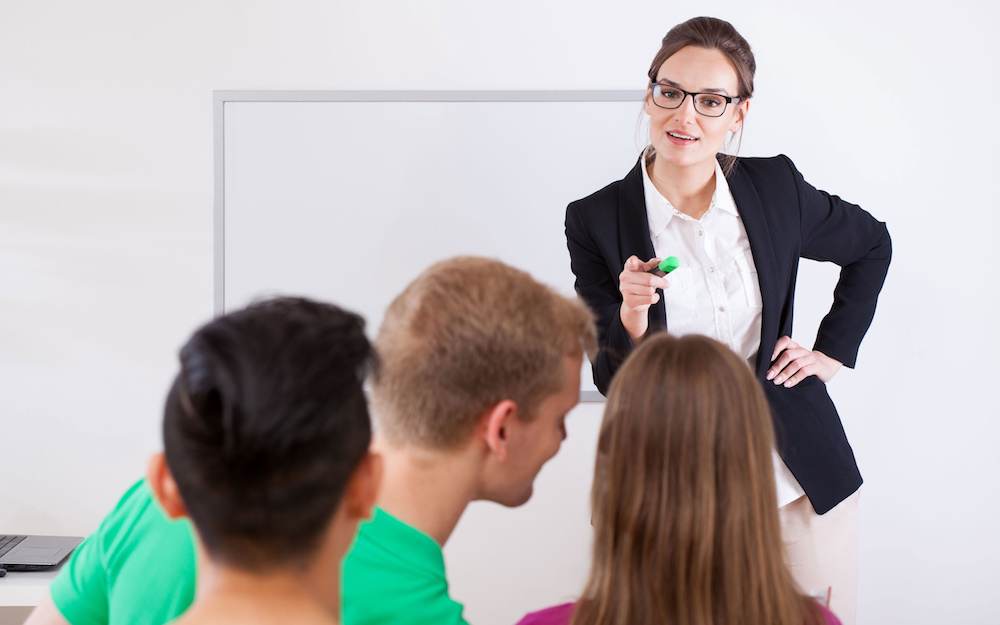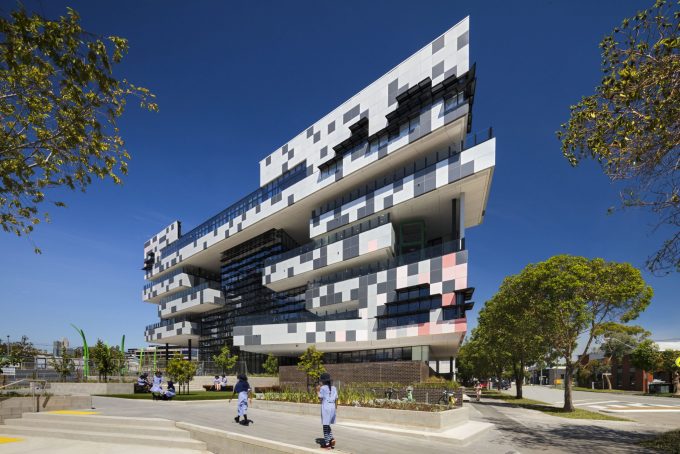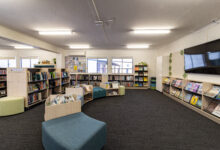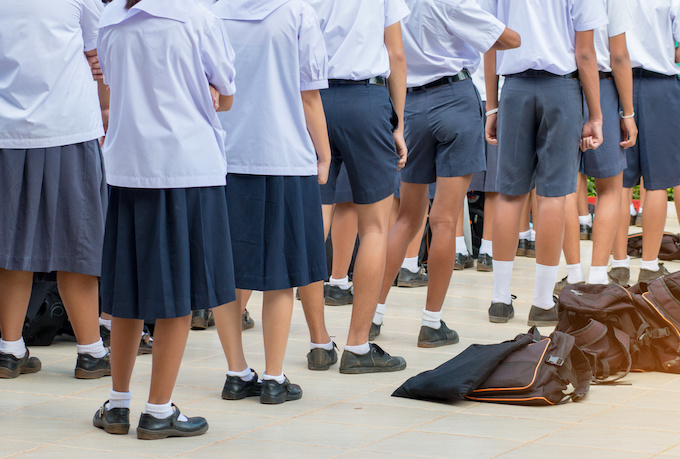School sport surface design and maintenance
Do your sport courts or ovals need updating? We ask the experts how to balance functionality and aesthetics to encourage sport participation.
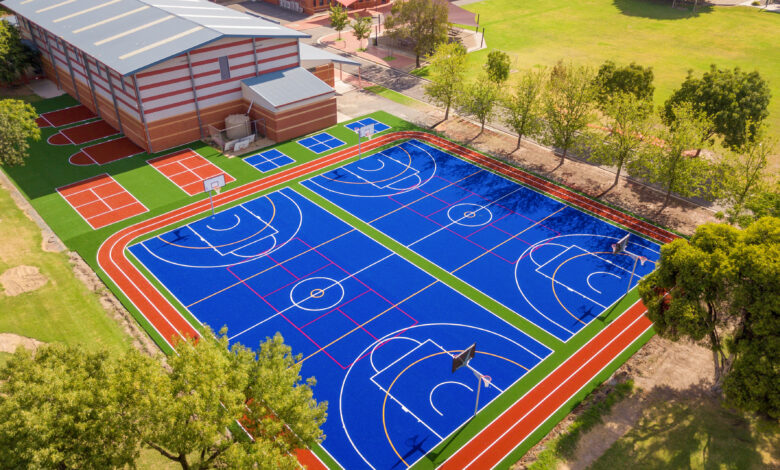
Upgrading outdoor sports surfaces is a powerful way for schools to support student health, wellbeing, and engagement. More than just a visual improvement, a well-executed upgrade creates safer, more dynamic environments that actively encourage participation across a wide range of sports.
Research shows that students who regularly engage in sport benefit from enhanced cognitive development, stronger social skills, increased attentiveness in class, and improved academic outcomes. Playing sport during childhood is also strongly linked with higher school completion rates—particularly among boys.
Read the latest print edition of School News HERE
Whether revitalising an ageing netball court or constructing a versatile new multi-sport facility, schools must carefully consider design, functionality, safety, and long-term usability. This feature explores the essential factors involved in outdoor surface upgrades, offering practical insights to help schools create inclusive, high-performing sporting environments that inspire participation and school pride.
Design solutions
Balancing aesthetics with functionality is key when upgrading outdoor sports surfaces. Visually appealing, professionally marked courts can boost student enthusiasm and elevate the overall look of a campus.
Victoria Brockett from APT Asia Pacific said schools should decide what sports they are wanting to cater for, and what space they have available or are wanting to upgrade. Then, they can look at what surfaces will be most suitable for catering to those sports.
“Schools may have a type of surface they would prefer based upon appearance or budget, however expert surface contractors will have the knowledge to inform schools about whether those surfaces are suitable for the chosen type of activity, safety requirements or for all-weather play.
“Some surfaces may also require additional base works or drainage which could impact cost.”
Additionally, surfaces are highly customisable, allowing schools to express their identity through bold colours and graphics.
“There are a great variety of colours available in artificial turf, acrylic painted courts and soft-fall rubber. Schools can opt to have surfaces custom made to match their colours, usually at an additional cost,” Ms Brockett explained
“Schools can also get custom made emblems installed into their artificial turf, painted onto acrylic hard courts or integrated into soft-fall flooring.”
Applications
Each sport has specific surface requirements to support both performance and safety. Multi-use courts are popular for schools offering basketball, netball, tennis and general PE, as they can accommodate multiple sports with clearly defined line markings.
Rugby and hockey fields demand durable, high-impact surfaces with excellent drainage, while tennis and netball often require specific rebound and traction properties. Meanwhile, cricket facilities can be enhanced with synthetic wickets, offering year-round usability and low maintenance
Ultimately, the right choice of sport surface depends on each school’s budget, climate, and specific sporting requirements.
Multipurpose surfaces
In space-constrained schools, the ability to host several sports on a single surface is a game-changer. Multipurpose surfaces make it possible to run back-to-back activities and adapt to seasonal sports without requiring multiple dedicated spaces. Courts can be line-marked for netball, basketball, tennis and more, with colour-coding helping to reduce confusion.
However, as Ms Brockett noted, it’s important to seek expert advice when developing multipurpose surfaces.
“Although multisport courts are incredibly functional, schools should be mindful of how many lines are used and what colours are chosen to ensure they are clear and easy for students to follow,” she explained.
When well-designed, these surfaces help maximise participation and streamline programming for teaching staff.
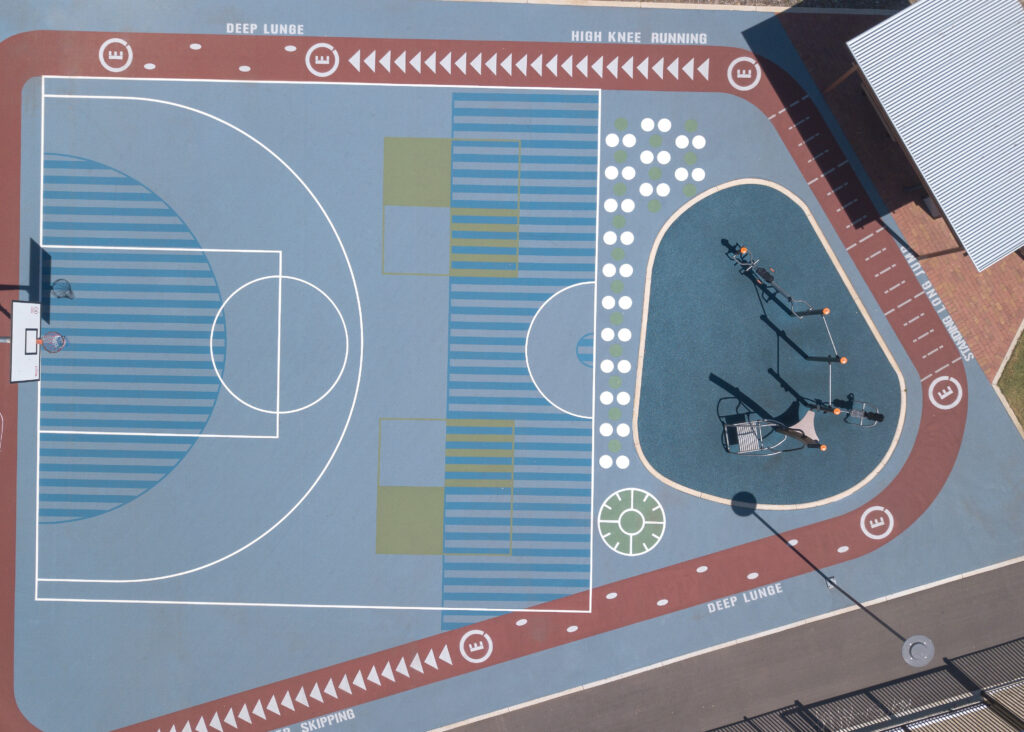
Safety measures
Ensuring student safety is essential when upgrading sports surfaces. Regular inspections are critical to identify early signs of wear, drainage issues or surface damage.
Arun Kosh from Surfacing Contractors Australia said a well-maintained sports court plays a vital role in promoting student engagement, safety, and physical development.
“To ensure their sporting surfaces are both visually appealing and fully functional, schools should invest in regular maintenance either directly or through a qualified third party. This would include such things as surface cleaning, repainting court lines, and checking for wear or damage.
“A clean, clearly marked court encourages student participation and supports a variety of physical education activities.
“When sports surfaces show signs of wear—such as cracking, fading, or surface bubbling—schools should seek professional advice to assess the damage to determine whether repairs are feasible. Regular inspections and consultation with professional contractors can help schools make informed decisions about court maintenance and upgrades,” Mr Kosh said.
“Many minor issues, like surface cracks or faded lines, can be addressed with resurfacing or patching. However, if the underlying foundation is compromised, a full replacement may be necessary. Prompt repairs not only extend the life of the court but also ensure ongoing safety for students.
“Ultimately, proactive care, proper material selection, and timely repairs are key to ensuring school sports surfaces remain safe, functional, and inviting for student use,” Mr Kosh said.
Participation benefits
Quality outdoor facilities can have a profound effect on student participation. Fresh, modern courts are inviting and can help engage students who may not previously have shown interest in sport. Well-planned designs and bright colours also boost school pride and team spirit, fostering a culture of inclusion and collaboration.
By investing in multipurpose or sport-specific spaces, schools give students more opportunities to be active, social, and confident—contributing to improved focus, behaviour, and overall wellbeing.
Such facilities can also extend value beyond school hours, supporting community sporting events and after-school programmes. In some instances, schools can hire their court or fields out to local sporting organisations. Profits from this can be reinvested in sporting programmes for students.

